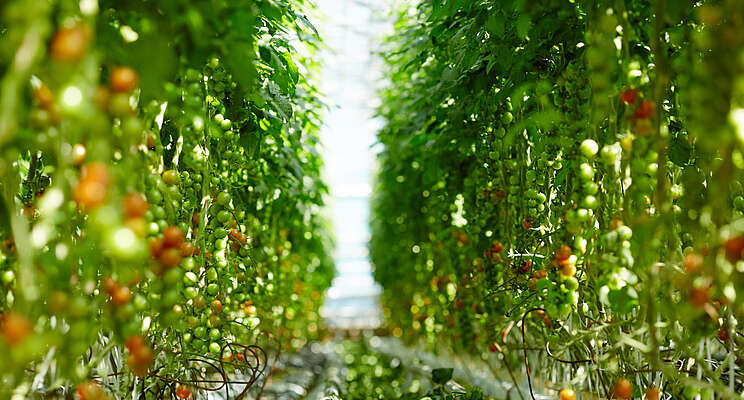Orange is the new green, for greenhouses
Added on 17 April 2022

As climate change dries out the American West and much of the rest of the world, farmers are responding by growing more crops in greenhouses. In Colorado, where I live, from 2012 to 2017, the total number of greenhouse farms increased by 47%. Crops grown in greenhouses may require as little as one-tenth of the water used in open-field agriculture, but those water savings come at a cost: increased energy consumption. Per unit of crops produced, greenhouse growers may consume anywhere from two to four times more energy than open-field growers, with most of that energy going for heating and cooling. That additional energy consumption contributes to climate change, one of the factors driving growers into greenhouses in the first place.
While greenhouse agriculture will likely never consume less energy than open-field (even including transportation), there's growing demand for technologies to reduce the energy penalty. One young company getting into the game is UbiQD (pronounced "ubiquity"), which enables greenhouse growers to convert some of the sunlight that plants don't make much use of into light that they love. That additional beneficial light enables growers to increase yields without increasing energy consumption. The more yield per unit of greenhouse space, the less energy it takes per bushel to put tomatoes, lettuce, strawberries, and peppers on our plates.
Photo created by pressfoto - www.freepik.com
Source: Energy Technology Revolution
More news















